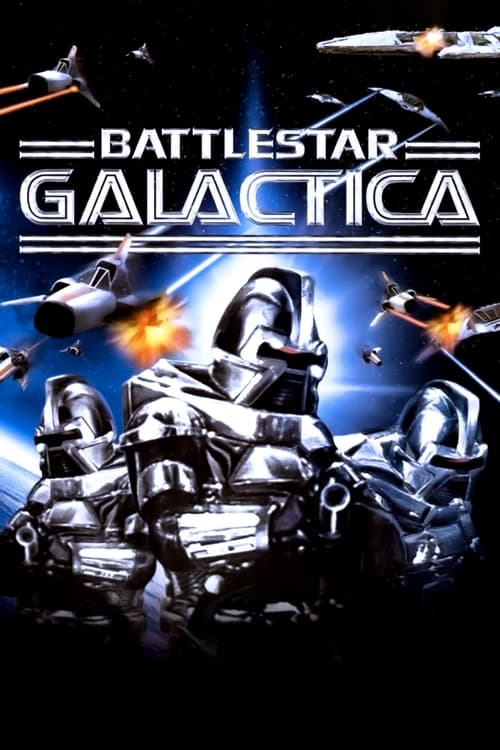
 Battlestar Galactica
— The Last Battlestar Galactica Leads a Rag Tag Fugitive Fleet on a Lonely Quest for a Shining Planet Known as...Earth.
Battlestar Galactica
— The Last Battlestar Galactica Leads a Rag Tag Fugitive Fleet on a Lonely Quest for a Shining Planet Known as...Earth.
Battlestar Galactica

When the 12 Colonies of Man are wiped out by a cybernetic race called the Cylons, Commander Adama and the crew of the battlestar Galactica lead a ragtag fleet of human survivors in search of a "mythical planet" called Earth.









By todays standards it might look naive but this was a groundbraking series at it's time. If you only know the remake take the time to watch this. It's worth it.
Whatever you do, do NOT watch the movies (Specials). They are basically put together from parts of the series.
The first is a shortened Version of the three-part "Saga of a Star World" which starts the show. The second is made of parts from "The Living Legend" and "Fire in Space" which are put together rather clumsy and in a different order, in the end telling a different story through large parts.